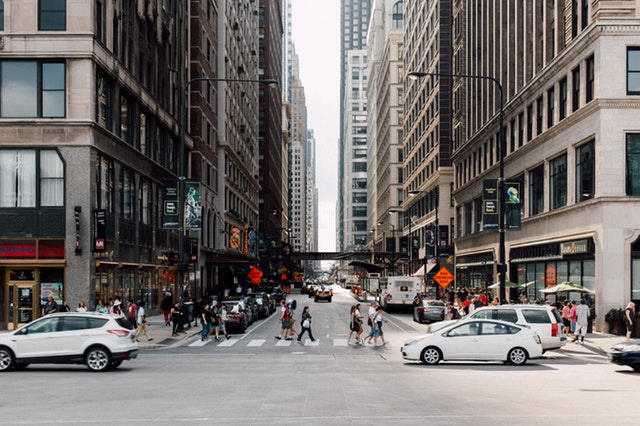Leveraging IoT to build smart cities
While people of a certain generation lament that young people these days spend their time staring into devices and screens instead of talking to other humans, those devices themselves are talking to each other more than ever. Today’s talkative devices—ranging from phones to thermostats to light fixtures to door locks—are connected through the Internet of Things (IoT). Research firm Gartner estimates the IoT will include 25 billion connected “things” by the year 2020. As urban growth is expected to continue in the decades to come—the United Nations estimates 66 percent of the world’s population will live in urban areas by 2050—most of those “things” will be in cities. Smart homes and offices are becoming commonplace, but leveraging devices connected through the IoT can also help build smart cities, and make life easier and more efficient for people around the world.
IoT connectivity is trending worldwide
Cities all over the world, from San Francisco to Barcelona to Adelaide, Australia are using IoT connectivity and data gathered from connected devices to improve everything from traffic to utilities to waste management to law enforcement. Innovations in IoT technologies can help the public and private sectors collaborate to make cities smarter by:
1. Planning for long-term growth. Ask anyone living in an urban area what their biggest complaint is and traffic is probably the answer. As people gravitate back to city living, transportation infrastructure often takes the biggest hit. Mobile connectivity can facilitate alternative transportation options such as ride sharing. Cities can also deploy individualized mobile apps with bus or train schedules and trip planning features to make using alternative transportation easy for visitors and citizens alike. Identifying systems that will become overloaded as cities grow and then determining how IoT connectivity can help address the impending issue can help cities solve problems before they start – and enjoy the growing without the pains.
2. Making environment energy efficient. Turning off the lights in an empty bedroom or conference room is an easy way to save energy and money. So doesn’t it make sense to treat street lamps the same way? Why should a city pay to light a street all night if no one is walking down it? Street lamps equipped with sensors can turn on and off automatically based on whether people are in the area, just like motion sensor lights in your home or office. With 300 million street lights operating around the world, the cost savings is significant. Cities can even make their entire power grid responsive by using sensors to collect data from around the grid and then applying predictive analytics to more closely match capacity with demand.
3. Improving infrastructure. Waste management is a critical component of the infrastructure of cities of every size, and an example of where smart technology can improve current systems. A private waste removal company could attach cellular-enabled sensors to city garbage cans that generate an alert when a can is full, meaning trucks can be scheduled to collect trash only when a can really needs emptying. In Chicago even more sophisticated IoT-enabled data collection, including live video streams that show when garbage bins are overflowing, weather pattern tracking, and , map applications that flag the locations of vacant buildings, allowed the city to accurately predict where rats were most likely to start nesting. Preemptively baiting the rats helped the city realize a 20 percent cost savings over their previous method of baiting rats.
4. Keeping citizens safe. City-wide sensor networks, perhaps connected to smart lighting or other city infrastructure systems, can give law enforcement and emergency response personnel real-time visibility into what is happening around a city. Video feeds can detect threats in real-time. Road sensors can help route emergency responders around traffic congestion. Leveraging citizen-generated data such as social media posts, reviews, reports and feedback can help predict crime patterns or identify areas with recurring issues.
Technology smart cities must be security smart, too.
Smart cities must walk a fine line between commerce and government but one goal the public and private sector share is security. As the private sector has learned, data breaches and hacks are less a question of “if” and more a question of “when.” As cities leverage IoT platforms for increased connectivity, security should be part of the discussion from the very beginning. Security measures including data encryption, fail safes and manual overrides for critical systems should be incorporated from the ground up. Starting the process with security can help make the world’s smartest cities the safest, too.









